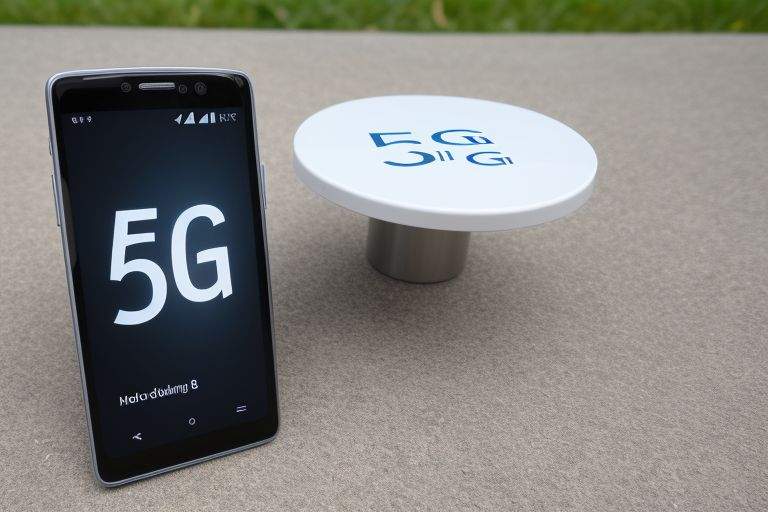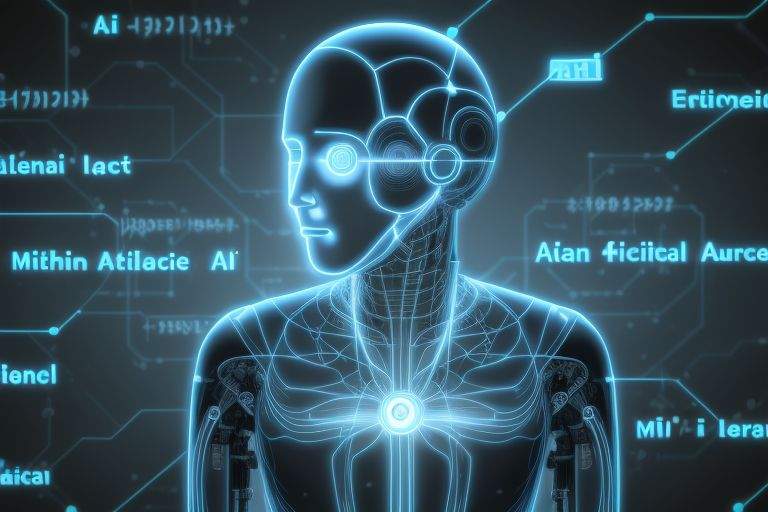
In the realm of telecommunications, the introduction of fifth-generation (5G) technology marks a groundbreaking evolution, promising to transform the way we interact with the digital world. As countries around the globe invest in infrastructure to support this new standard, the implications of 5G extend far beyond faster data speeds. It represents a paradigm shift that has the potential to enhance various sectors, spur economic growth, and innovate solutions to longstanding societal challenges. This essay examines the key features and capabilities of 5G technology, its implications for different industries, and the potential challenges that accompany its widespread adoption.
Key Features and Capabilities of 5G Technology
5G technology boasts several distinguishing features that set it apart from its predecessors, such as 4G LTE. The primary attributes of 5G include enhanced data rates, reduced latency, increased connectivity, and improved capacity. Theoretically, 5G can achieve speeds up to 10 Gbps, radically surpassing the peak speeds of 4G networks. This significant improvement in data rates enables seamless streaming of ultra-high-definition videos, faster downloads, and a more robust user experience for mobile applications.
Another critical feature of 5G is its dramatically lower latency, with some estimates suggesting latencies as low as 1 millisecond. Lower latency is especially beneficial for applications requiring real-time interactions, such as virtual reality (VR), augmented reality (AR), and critical communications in sectors like healthcare and autonomous driving. The ability to transmit data almost instantaneously facilitates the development of innovative technologies that rely on real-time feedback and interaction.

Moreover, 5G technology enhances connectivity by supporting a vast number of devices per square kilometer, estimated to be up to one million devices, compared to approximately 100,000 devices on 4G. This increase is vital in an age where the Internet of Things (IoT) is becoming increasingly prevalent. Consequently, 5G networks can support smart cities, industrial automation, and connected vehicles, ultimately resulting in a more interconnected and efficient world.
Implications for Various Industries
The widespread implementation of 5G technology is poised to revolutionize numerous sectors, including healthcare, transportation, manufacturing, entertainment, and agriculture.
In healthcare, the implications of 5G are profound, particularly in telemedicine and remote monitoring. High-quality video consultations, real-time monitoring of patients’ vital signs using connected devices, and the transfer of large medical imaging files can significantly enhance healthcare delivery. For instance, surgeons could use augmented reality during operations to overlay critical patient data directly onto the surgical field, all while maintaining high levels of connectivity with specialists remotely.
Transportation and mobility will also undergo substantial transformation with 5G. One of the most anticipated advancements is the development of autonomous vehicles, which require constant communication with the cloud and other vehicles to ensure safety and efficiency. Real-time data exchange and ultra-low latency will allow vehicles to navigate complex environments autonomously while communicating with smart infrastructure, minimizing traffic congestion, and improving overall road safety.
Manufacturing is set to benefit immensely from the integration of 5G networks through the Industrial Internet of Things (IIoT). Enhanced connectivity will allow machines on factory floors to communicate seamlessly, leading to smarter automation and predictive maintenance. This shift can increase productivity, decrease downtime, and foster the development of smart factories that operate efficiently and sustainably.
In the realm of entertainment, 5G unlocks the potential for richer experiences. Users will be able to enjoy high-definition streaming without buffering, immersive VR gaming, and interactive AR experiences, redefining how audiences engage with content. The rapid data transmission rates will facilitate the delivery of high-quality content to an ever-growing audience, further fueling the entertainment industry’s expansion.
Finally, agriculture stands to benefit from 5G technology through precision farming techniques. Farmers can leverage connected sensors, drones, and IoT devices to monitor crop health, optimize water usage, and enhance yield. The ability to collect and transmit data in real-time creates opportunities for more sustainable farming practices that can respond instantaneously to environmental conditions and equipment needs.
Challenges and Considerations
Despite the extensive benefits associated with 5G technology, several challenges accompany its deployment. One of the paramount concerns is the infrastructure required to support 5G networks. The technology necessitates a denser network of small cells—compact base stations that are more numerous than traditional towers. This density can present logistical challenges, particularly in urban areas where deployment may face zoning restrictions and community resistance.
Additionally, cybersecurity becomes an increasingly critical topic as the quantity and variety of connected devices skyrockets. With more devices connected to the network, the attack surface for malicious actors expands, creating potential vulnerabilities. Ensuring robust security measures and protocols will be essential in safeguarding sensitive personal and industrial data within 5G networks.
Another consideration revolves around the digital divide. The emergence of 5G technology runs the risk of exacerbating existing inequalities in internet access. As urban centers typically receive priority in infrastructure development, rural and underserved communities may lag behind, deepening the digital divide. Policymakers must ensure strides toward equitable access to 5G technology to prevent disenfranchising large segments of the population.
Finally, concerns about health implications related to increased radiofrequency exposure have emerged in public discourse. Although numerous studies have not substantiated these fears, public apprehension requires transparent communication and ongoing research to ensure that societal health remains a priority amidst technological advancement.

5G technology represents a monumental shift in telecommunications, offering a plethora of opportunities that extend across industries and societal constructs. Its potential to revolutionize healthcare, transportation, manufacturing, entertainment, and agriculture renders it a significant catalyst for economic growth and innovation. However, as the deployment of 5G networks accelerates, various challenges, including infrastructure demands, cybersecurity, equitable access, and public health concerns, must be proactively addressed. The successful integration of 5G technology into society will require collaboration among stakeholders, including governments, private sector entities, and communities, ensuring that the benefits of technological advancement are realized broadly and responsibly. As we stand on the cusp of this new 5G era, it is imperative to navigate the complexities that accompany innovation, embracing the transformative power that technology holds to enhance the fabric of modern life.







